The term ‘Islamic art’ generally refers to the arts of all Islamic cultures and not necessarily created by or for Muslims. The term does not refer to a particular style or period, but covers a broad scope, encompassing the arts produced in Muslim regions from Spain to India during the past fourteen centuries.
In the medieval Muslim regions, ceramic production achieved superior creativity through the artisans’ innovations in shape and design, as well as their techniques of decoration. Medieval Islamic consumers and artisans considered Chinese ceramics par excellence when they came into increasing contact with these wares. In order to produce similar wares locally, the first school of ceramics was established in Baghdad, Iraq, in the ninth century. While the early products of the Baghdad kilns attempted to imitate Chinese porcelains, the local potters developed their own styles, producing multi-coloured wares of exquisite beauty.
During the Fatimid period (909-1171), their capital, Cairo, became a vigorous centre of ceramic production. Fatimid ceramics were much sought after in Italy, where the bowls – bacini (lit. hollow circular vessels) – were used as decorative items or as vessels for religious ceremonies.

In the twelfth and thirteenth centuries in Iran, under various dynasties, the vibrant tradition of illustrated manuscripts influenced the development of a new style of glazed pottery with numerous colours and intricate designs. Under Ottoman reign, in the fifteenth and sixteenth centuries, the Turkish city of Iznik became a major centre of pottery-making as it was close to supplies of wood needed for kilns and other ingredients required for the production of ceramics. Consequently, a distinctive style developed and came to be known as Iznik style: it involved combinations of a wide range of colours including cobalt blue, turquoise, green, black, and red.
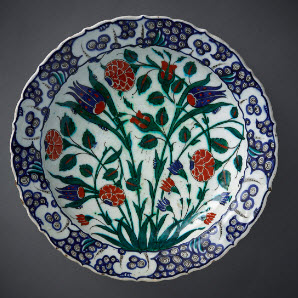
The art of the diverse cultures along the Silk Route and other trade routes demonstrate the transmission of ideas between these cultures as evidenced in the shared designs. Through trade, gift exchange, and the spread of religions, imagery associated with one artistic tradition was often adapted or incorporated in another cultural context, producing exquisite wares. Although produced in diverse cultures and regions spanning fourteen centuries, the delicate flow of the Arabic calligraphic script, the elegance of the shapes, and the intricacy of decoration render the objects recognisably ‘Islamic.’
Unity in Diversity
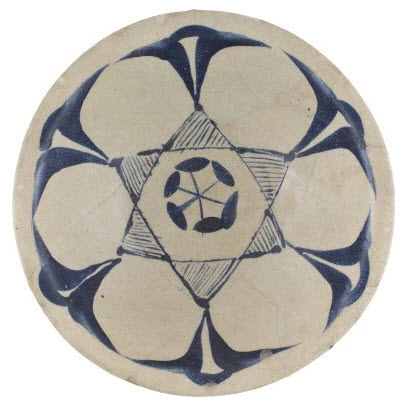

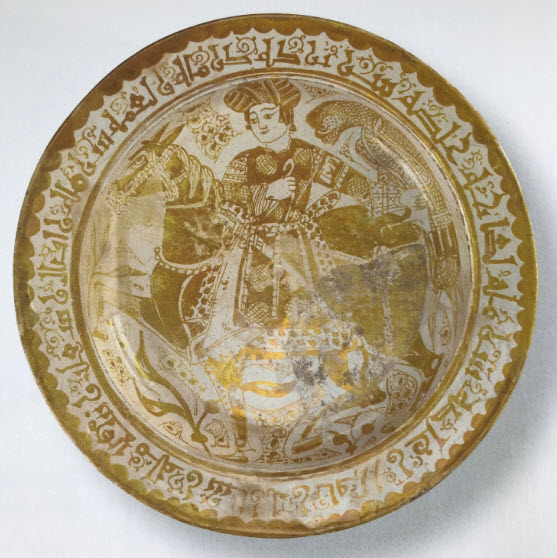
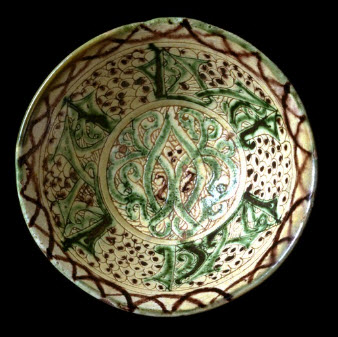
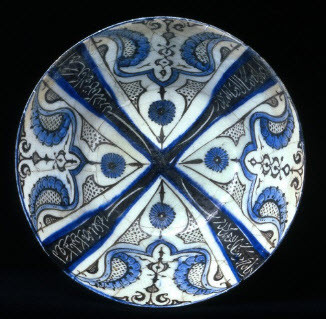
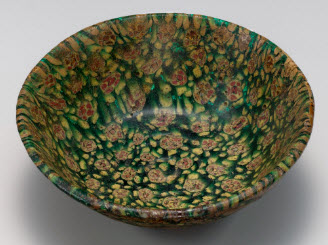
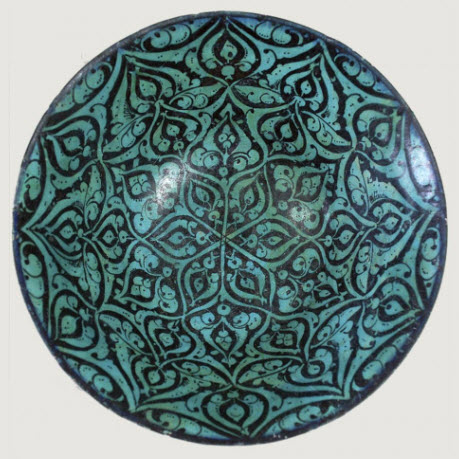
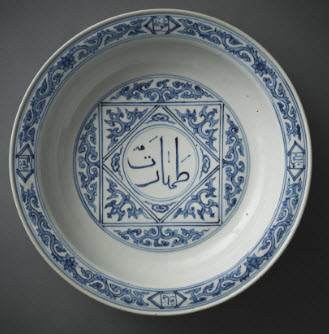

“We don’t do enough to illustrate to the peoples of our world the greatness of the Islamic civilisations, of cultures of the past.”
Mawlana Hazar Imam
Aleppo, Syria, 28 August 2008
AKDN
Sources:
Sheila Blair, “Islamic Art,” Islamic Arts & Architecture
Esin Atil, “The Arts of Islam,” The Muslim Almanac Edited by Azim A. Nanji, Gale Research Inc., Detroit, 1996
Discover Islamic Art, Museum With No Frontiers
